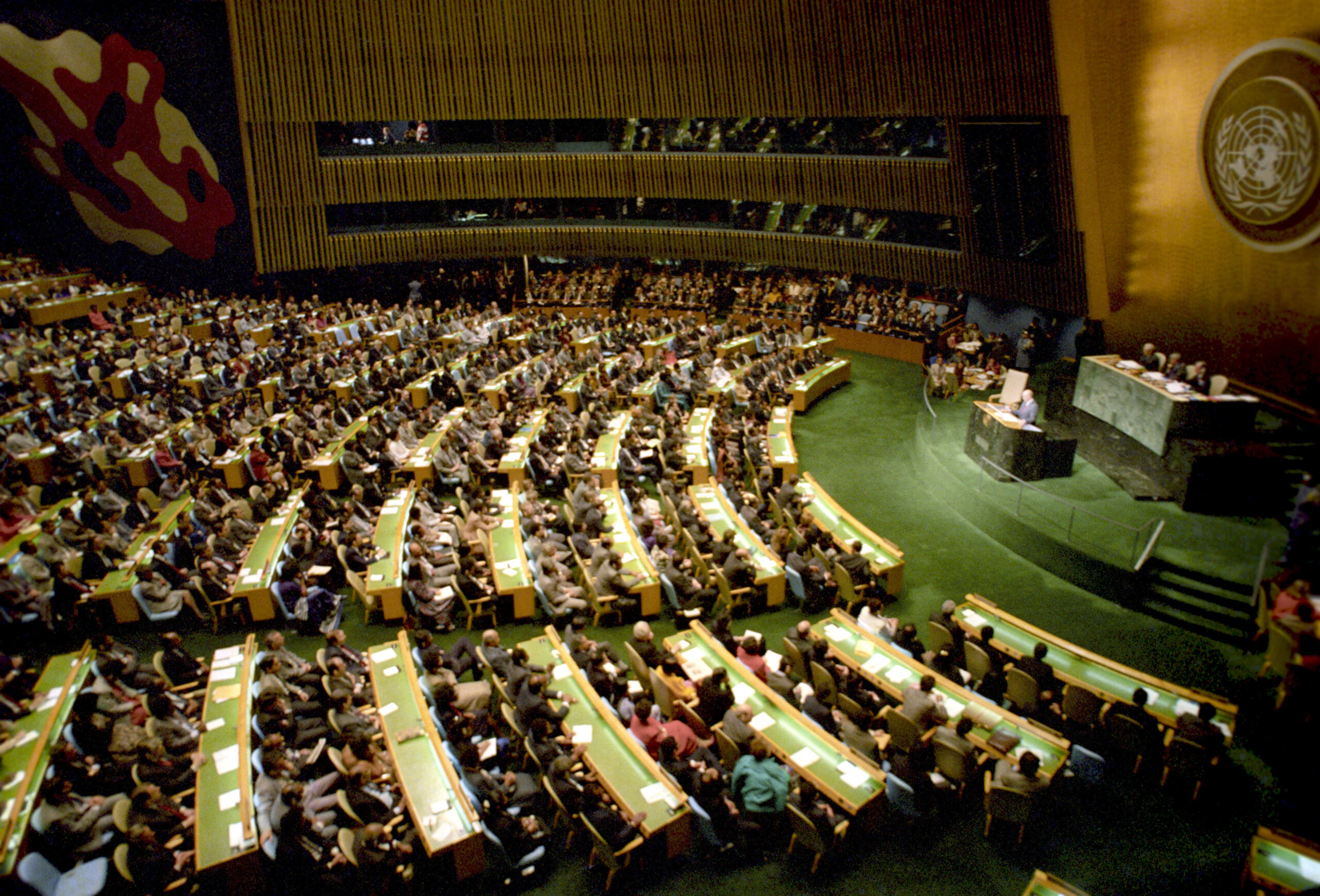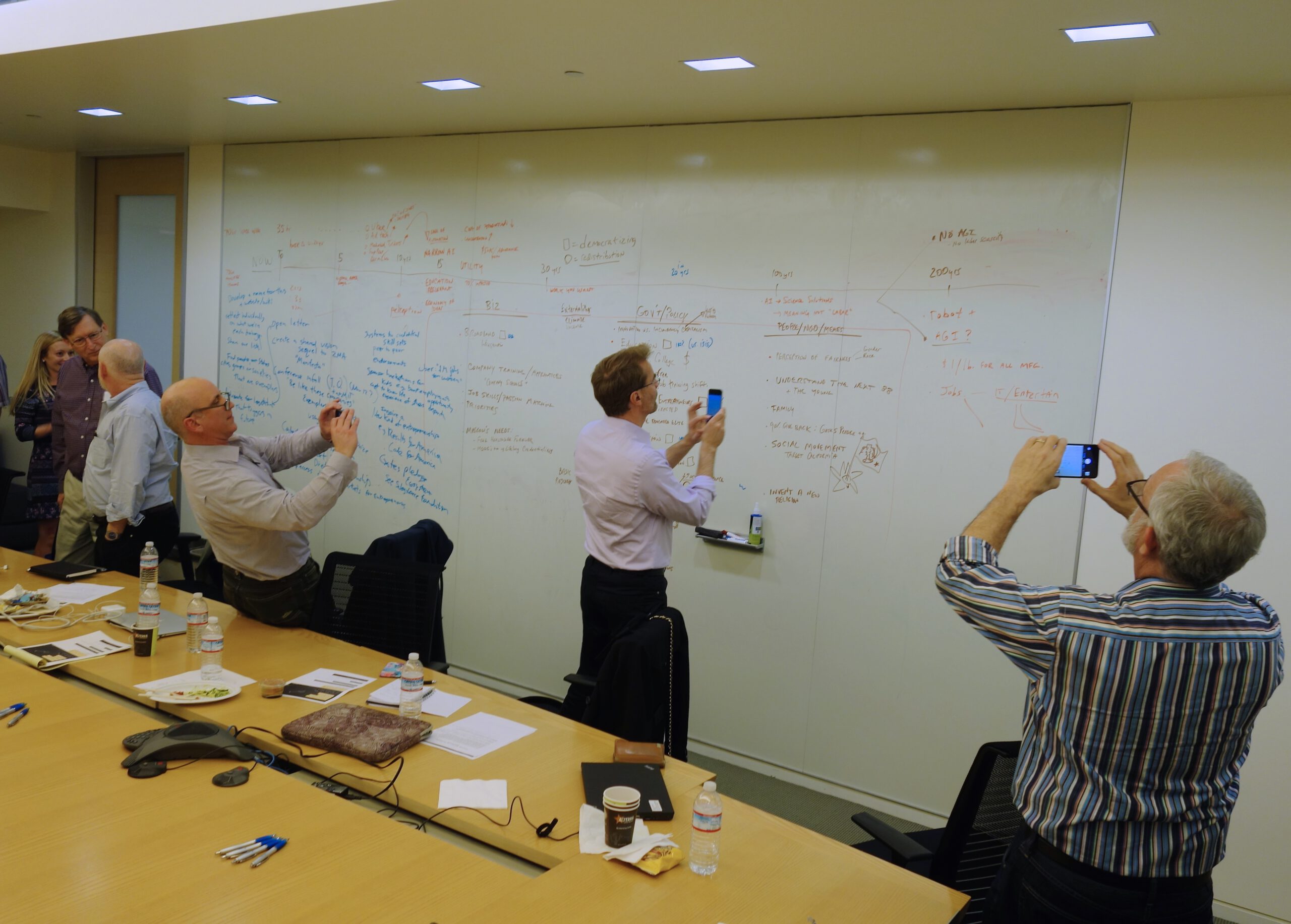What Is the Wealth Gap?
The wealth gap is a term that describes the significant differences in financial resources and assets among people. It is a chasm that separates the rich from the poor, often influenced by factors like income, race, gender, and geography. Imagine a ladder where some people start on the top rungs while others begin at the very bottom; this is what the wealth gap looks like in real life. It’s more than just numbers in a bank account; it encompasses everything from property ownership to stocks and savings. This disparity can affect a person’s quality of life, opportunities, and even their health. The wealth gap is a persistent issue that many societies struggle to address.
Economic Mobility Is Limited
Economic mobility refers to the ability of individuals or families to move between different economic strata. In many societies, this movement is limited, creating a cycle where wealth disparities are passed down through generations. It’s like being stuck in quicksand, where no matter how hard one tries, escaping poverty or a low-income status seems nearly impossible. Factors such as access to quality education, stable job markets, and even social networks play a critical role in determining economic mobility. Unfortunately, these opportunities are often unequally distributed, making it difficult for those at the lower end of the economic spectrum to climb the ladder. This lack of mobility perpetuates the wealth gap, creating a divide that is hard to bridge.
Drivers of the Wealth Gap
Several factors contribute to the growing wealth gap in our societies. One of the primary drivers is unequal access to education. Education is often seen as the key to success, yet quality education is not accessible to everyone. Healthcare disparities also play a significant role, as the cost of medical care can deplete financial resources, leaving little room for savings or investment. Housing and investment opportunities are similarly unequal, with systemic discrimination often barring certain groups from owning property or accessing financial markets. Tax policies that favor the wealthy further exacerbate the situation, allowing the rich to accumulate more wealth while the poor struggle to make ends meet. These factors collectively widen the wealth gap, making it a complex issue to tackle.
Impacts on Society
The consequences of a wide wealth gap extend beyond individual hardships and affect society as a whole. Large disparities in wealth can lead to reduced social cohesion, where communities are divided along economic lines. This division can slow economic growth, as those with fewer resources have limited purchasing power and are unable to contribute fully to the economy. Higher crime rates are another potential outcome, as individuals who lack basic necessities may resort to illegal means to survive. Political instability can also arise, as marginalized groups demand more equitable policies to address their grievances. The wealth gap, therefore, poses a threat not only to economic stability but also to social harmony and political peace.
Role of Inheritance
Inheritance plays a crucial role in maintaining and widening the wealth gap. Wealthy families often pass down assets, property, and financial resources to their descendants, giving them a significant advantage in life. This transfer of wealth through generations creates a cycle where the rich remain rich, and the poor struggle to catch up. It’s like running a race where some participants start miles ahead of others. Inheritance allows wealth to accumulate and compound over time, making it difficult for those without such advantages to compete. This cycle reinforces the wealth gap, making it a persistent issue that is challenging to address through policy alone.
Policies to Reduce the Gap

Various policy proposals aim to narrow the wealth gap and create a more equitable society. Progressive taxation is one such measure, where the wealthy are taxed at higher rates to redistribute wealth more evenly. Universal basic income is another proposal, providing a financial safety net for all citizens, regardless of their income level. Increasing access to quality education is crucial, ensuring that everyone has the opportunity to succeed. Reforms in labor laws to promote fair wages and better working conditions can also help bridge the gap. These policies, if implemented effectively, have the potential to reduce the wealth gap and create a more balanced society.
Debate Around Closing the Gap

The debate around closing the wealth gap is a contentious one, with strong arguments on both sides. Critics of aggressive wealth redistribution argue that it can stifle innovation, entrepreneurship, and hard work. They believe that individuals should be rewarded for their efforts and that some degree of inequality is natural. On the other hand, proponents argue that reducing the wealth gap is necessary to ensure fairness and social stability. They point to the social and economic benefits of a more equitable society, where everyone has the opportunity to succeed. This debate continues to shape policy discussions and societal attitudes toward wealth distribution.
Complete Equality Is Unrealistic
While reducing the wealth gap is a goal worth pursuing, complete equality is neither feasible nor desirable for most economists. Some level of inequality is considered necessary to drive economic growth and innovation. It rewards effort, talent, and creativity, encouraging individuals to strive for success. However, the challenge lies in finding a balance where inequality does not become detrimental to society. Achieving this balance requires thoughtful policies and a commitment to addressing the root causes of the wealth gap. Ultimately, the goal is not to eliminate inequality entirely but to ensure that everyone has a fair chance to succeed.



